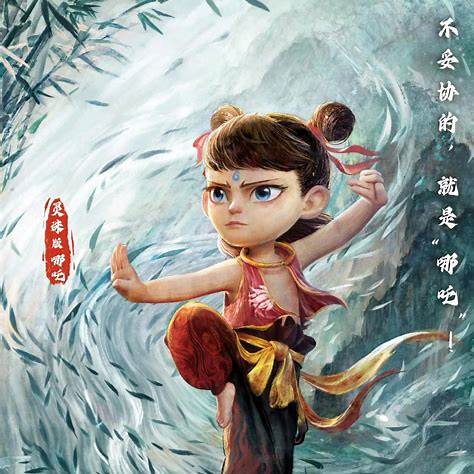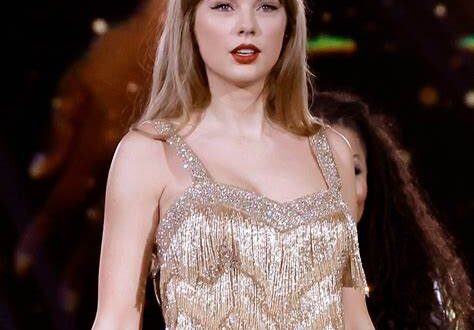The global journey of Ne Zha 2 has been powered first and foremost by its original Mandarin-language release, which has smashed box office records in China and transformed the sequel into a bona fide phenomenon before it ever set foot in North American theaters. Now, with an English-language dub completed and marketing ramping up, the film is poised to test whether its enormous momentum at home can translate into sustained success across the United States and Canada.
The distinction matters. It is the Chinese version—carried by fervent word of mouth, repeat viewings, and the outsized appeal of its mythic hero—that has set new benchmarks. Crowds have flocked to cinemas to see the continuation of Ne Zha’s saga, drawn by its grand-scale animation, kinetic action, and an emotional spine that resonates with audiences of all ages. The result has been a cascade of milestones in its home territory, the kind of runaway performance that turns a hit into a piece of pop-cultural shorthand. The film’s rise has also re-centered the global conversation on Chinese animation, signaling a confident era in which homegrown myth and cutting-edge craft can compete with the largest tentpoles on the world stage.
Against that backdrop, the English dub arrives not as a victory lap but as an open question. Can a story so steeped in Chinese folklore make the same impact when localized for an English-speaking audience? The creative team has approached that challenge with care, crafting a dub that aims to preserve the humor, rhythm, and emotional cadences of the original while allowing dialogue to flow naturally in English. The goal is less to replicate the Mandarin performances than to echo their intent—keeping Ne Zha’s rebellious spark intact, honoring Ao Bing’s quiet gravity, and retaining the film’s blend of warmth and wit.
Distributors see an opportunity in the North American market that has steadily widened for international animation. The rise of global streaming has conditioned audiences to look beyond familiar brands, while theatrical successes for anime and select imports have shown that young viewers and families will turn out for stories that feel distinct and immersive. Ne Zha 2 enters that landscape with advantages few imports enjoy: a proven crowd-pleaser overseas, a passionate diaspora fan base primed for big-screen spectacle, and a visual style that feels both contemporary and rooted in classical Chinese aesthetics.
Still, the film will need to earn its keep on opening weekend. The English-language dub has not set box office records; its performance will begin to be measured only once it opens in North America. That means awareness building is critical—trailers cut to emphasize the film’s jaw-dropping action, family-friendly heroism, and themes that travel well: destiny challenged, friendships forged in fire, courage tested when it matters most. Exhibitors are banking on the title’s event qualities—thunderous sound design, soaring flight sequences, and battles staged with operatic clarity—to draw moviegoers who want a spectacle that benefits from the big screen.
For longtime fans who followed the first film’s rise, the sequel’s North American rollout is also a moment of cultural bridge-building. The hope is that audiences who might not usually seek out subtitled releases will discover the world of Ne Zha through the dub and, in turn, explore the original version later. That discovery path has become common for global hits: language is the on-ramp, not the final destination. If Ne Zha 2 succeeds, it could encourage wider theatrical commitments to future Chinese animated features—dubs and subs alike—broadening what “family animation” looks like in multiplexes.
What remains constant, regardless of language, is the film’s heartbeat. Ne Zha 2 tells a story about resisting a script others have written for you, about loyalty earned and re-earned, and about the courage to transform fate into choice. Those ideas have carried the film to historic heights in China. North America is next, and the scoreboard will start fresh. Whether it replicates its home-turf dominance or carves out a more modest win, the opening will mark a meaningful test: not of the records already broken, but of how far an unmistakably Chinese myth can travel when translated with care and launched with confidence.




